Winter Tour in Chengdu
One day in November, I accidentally saw an extra train running from Guiyang to Chengdu at night every weekend in November. It departed from Guiyang at 10:30 pm and arrived in Chengdu at 6:30 am the next day. The same was true for the return journey. It happened to leave on Friday evening and came back on Monday morning. I didn't delay work and didn't need to take leave. I already had plans to travel to Chengdu, so I immediately booked a ticket and hotel, and waited for the departure at the end of the month.
In line with the concept of poor travel, trains are hard sleepers, hotels are economic chains, and food is also fast food or snacks. Transportation relies on buses, subways and walking, costing a total of 700 yuan.
Train ticket: 347
Bus 15, Metro 27
Tickets 80
Catering 135
Hotel 94
Day1: November 30, Sanxingdui Site, Wenshu Temple, Chengdu Museum
After a night of travel, the T8898 train stopped at Chengdu Station at 6:25. This is how I came to Chengdu, the land of abundance. After leaving the station, I saw that the surrounding breakfast shops were not yet open, so I decided to go straight to the first attraction, Sanxingdui Ruins Museum.
Because it is a poor tourist, public transportation is the best way. The route is to take the inner ring of Line 7 at the North Metro Station to Simaqiao, transfer to Line 3 and get off at Exit D of the University of Petroleum Subway Station. I ate a bowl of mutton powder here too early. Go to the Petroleum University Bus Station and take the C2 intercity bus to Xiyuan Hotel. This bus has a relatively small frequency and runs every about half an hour. Then take Guanghan No. 6 bus from the same station to Sanxingdui.



The Sanxingdui Ancient Site is located on the south bank of the Yazi River in the northwest of Guanghan City, Deyang City, Sichuan Province. It covers an area of 12 square kilometers and has a history of 5000 to 3000 years. It is the largest ancient city, ancient country, and ancient Shu cultural site found so far in Southwest China. It has the most completely preserved east, west and south city walls and Moon Bay inner city walls. The Sanxingdui ancient site is known as one of the greatest archaeological discoveries of mankind in the 20th century. It shows that the Yangtze River Basin, like the Yellow River Basin, belongs to the mother body of Chinese civilization and is known as the "source of the Yangtze River Civilization."


Sanxingdui Museum is located at the northeast corner of the Sanxingdui Site, a national key cultural relic protection unit. It is a large-scale modern thematic site museum in my country. There are two exhibition halls, divided into the first exhibition hall (comprehensive hall, which displays gold, copper, jade, stone, pottery and other cultural relics) and the second exhibition hall (bronze hall).
When I arrived at the museum, I bought tickets directly at the Visitor Service Center, which supported electronic payment. The adult ticket was 80 yuan. When I went, the Bronze Hall was under renovation, and some of the exhibits were placed in a nearby exhibition hall. I don't know if this was the reason, but the ticket was purchased at that time. It was 60 yuan.
After buying the ticket, I kept walking. I visited the first exhibition hall, the comprehensive hall, then the Bronze Museum. Finally, I could also take a sightseeing bus to visit the ruins on foot. However, because it was winter, I didn't go to the ruins. After visiting the museum, I stayed in the park. After wandering around for a while, I took a bus back to Chengdu.


















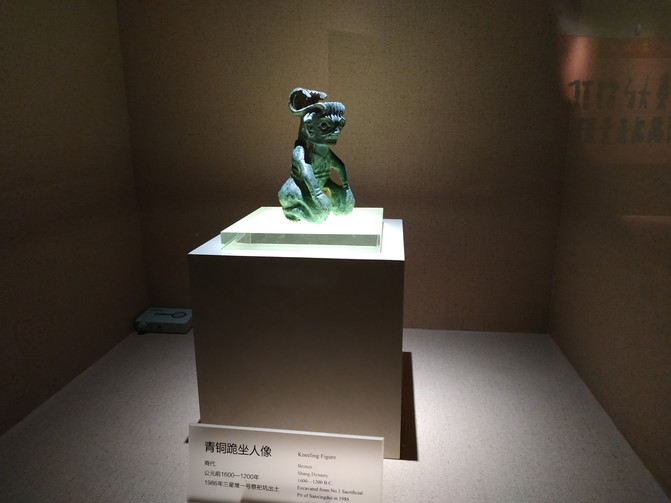






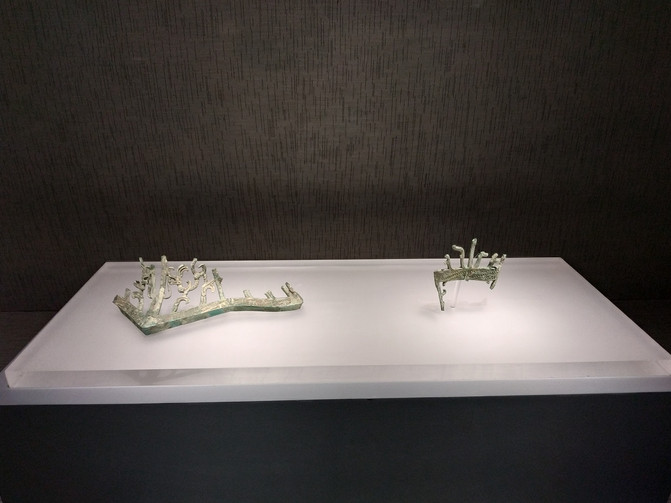






Back in Chengdu at around 2 p.m., I booked a hotel near Wenshu Temple, so I went to Wenshu Temple first after getting off the subway.

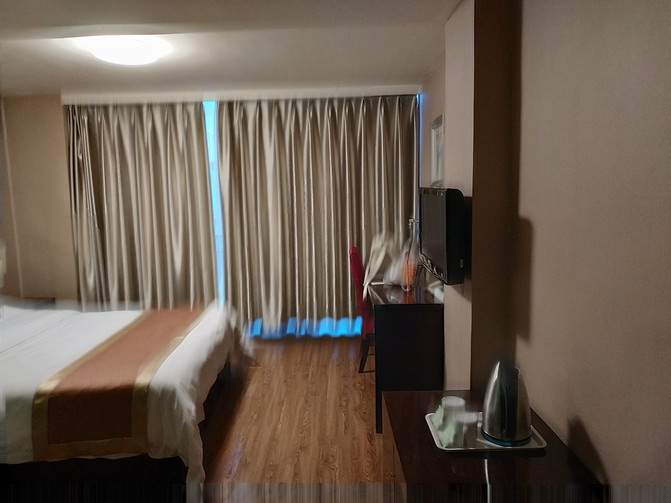
Wenshu Court was founded during the great cause of the Sui Dynasty. It was originally named Xinxiang. It went through the Tang, Five Dynasties, Song, Yuan and Ming dynasties. It rose and fell in the dynasties, but was destroyed by war at the end of the Ming Dynasty. In the 36th year of Kangxi of the Qing Dynasty (1697 AD), it was rebuilt by Zen Master Cidu Haiyue. At that time, people often saw the shadow of fire shining in the sky at night and followed the trail to find the place where Monk Cidu practiced. It was said that it was the body of Manjusri Bodhisattva, so it was renamed "Manjusri Courtyard". It is one of the key monasteries of Chinese Buddhism in the country determined by the State Council and a key cultural relic protection unit in Sichuan Province. In the 40th year of Emperor Kangxi of the Qing Dynasty (1701 AD), Emperor Kangxi awarded a plaque of "Konglin", hence the name "Konglin Hall".

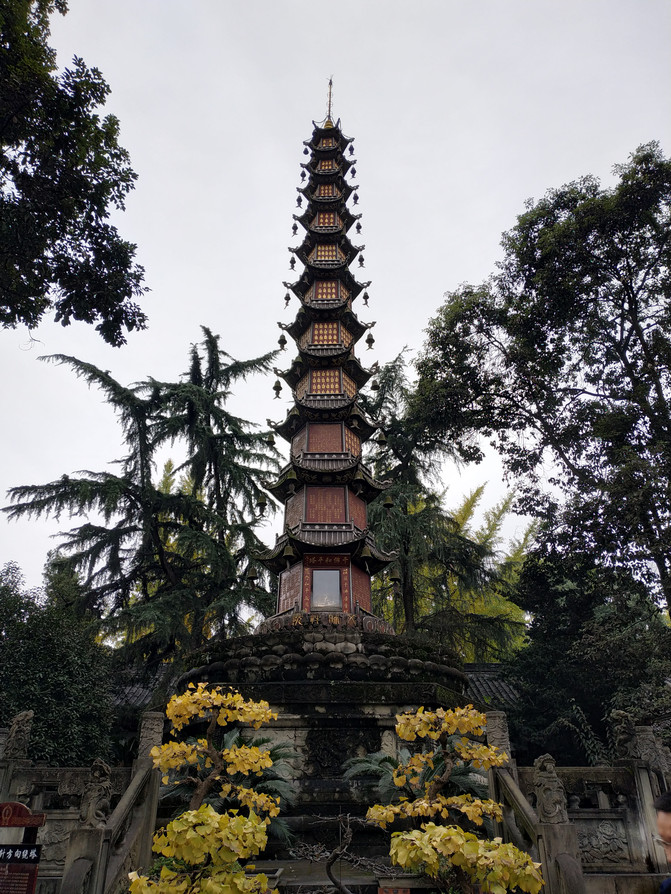









After coming out of Wenshu Courtyard, it was in the Wenshu Square neighborhood. I happened to pass by the hotel, so I walked around casually, but I didn't buy anything.

I rested in the hotel until 5 o'clock and set off for the Chengdu Museum. I checked the Internet and found that the Chengdu Museum is open from 9:00 to 20:30 in summer and 9:00 to 20:00 in winter.
Scan and register at the entrance with your ID card. When I went there, the special exhibition "Walking into Chonghua Palace" was on display on the first floor, displaying 88 fine cultural relics of the Chonghua Palace in the Forbidden City.
The second to third floors above the ground are the ancient chapters of Huazhong Jinguan City-Chengdu Historical and Cultural Exhibition, the fourth floor is the modern world and folk customs chapters, and the fifth floor is the Chinese Shadow Puppet Show. Time constraints, I only visited the first to third floors.














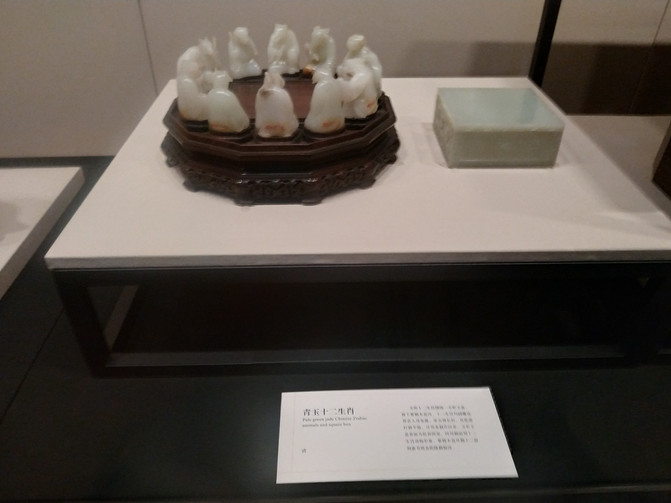



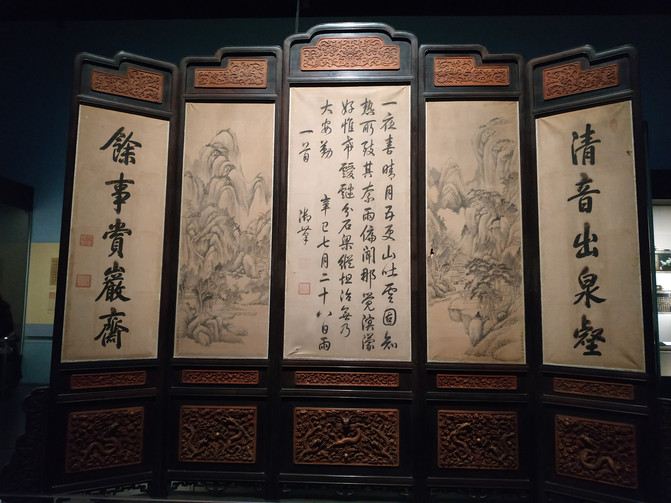







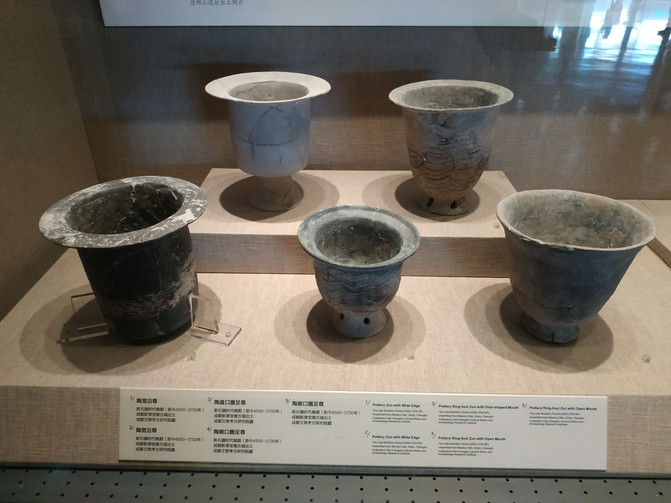
















Tianfu Square should be the cultural center of Chengdu. Sichuan Library, Science and Technology Museum, and Chengdu Museum are all here.



After visiting the museum, we ate Chengdu's local KFC "rural base" and returned to the hotel to rest.
Day2: December 1, Wangjianglou Park, Sichuan University, Daci Temple, Chunxi Road, Kuanzhai Lane, Jinli, Huanhuaxi Park, Baihuatan Park
Today's route is mainly for leisure. Breakfast is eaten downstairs of the hotel, and then take the bus to Wangjianglou Park. It is divided into two parts, the garden area and the cultural relics area. The garden area is a large park, which feels like bamboo culture is themed and is open for free. The cultural relics area is mainly composed of Wangjiang Tower, Xue Tao Jing, Xue Tao Memorial Hall, Chongli Pavilion, etc. It is a group of ancient buildings with beautiful scenery. Tickets are 20 yuan.


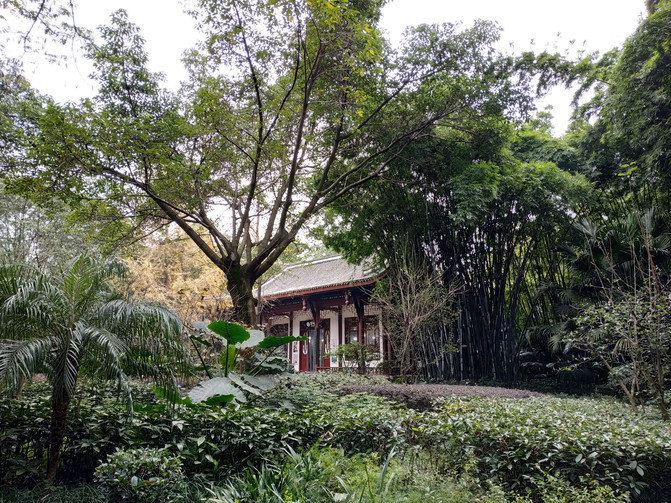


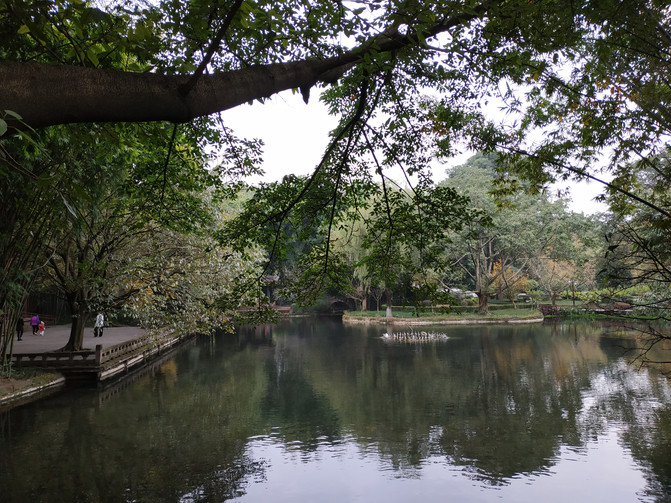



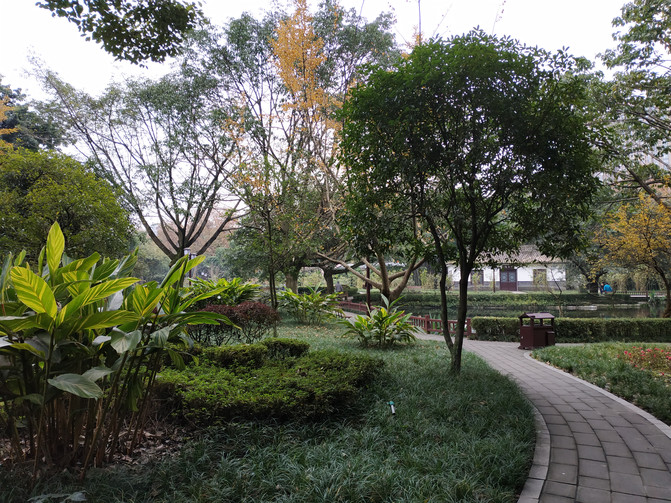



















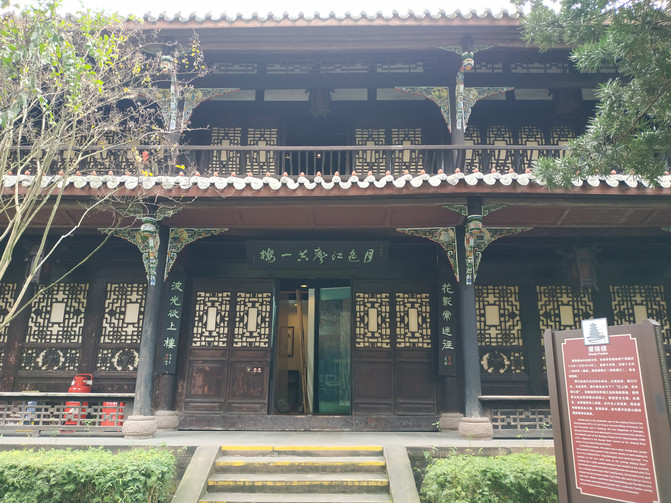








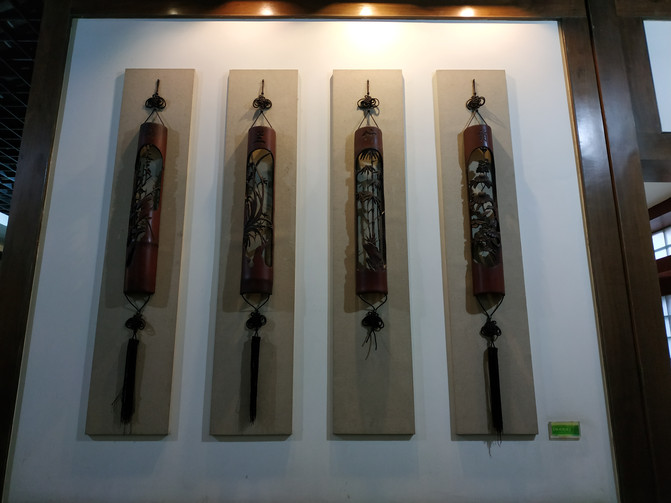





Walk directly from Wangjiang Tower to Sichuan University. I don't know which gate it is, but there is a Jiangjie Memorial Hall. You can enter and visit it after registering at the gate.






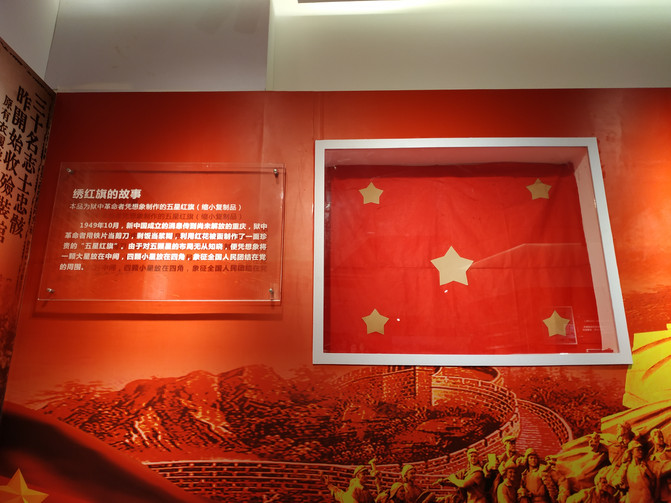

Because I had visited Chuanchuan University more carefully the last time I came to Chengdu, I was just strolling around casually this time. When I came out from the back door, it should be a snack street. I bought a fried potato. It was spicy and good.







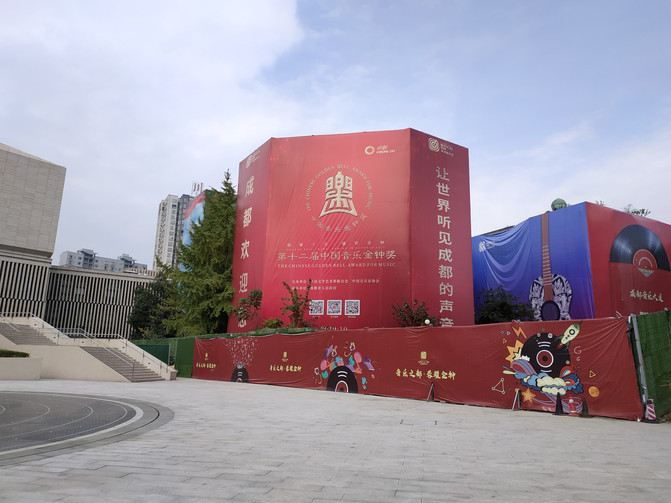

Take the subway to Daci Temple and stay with Chunxi Road. You can go shopping together.
Daci Temple is also free to visit. I should have entered through the back door and visited it upside down. Daci Temple, also known as the Ancient Great Sage Ci Temple, is located on a section of Dongfeng Road in Chengdu City, Sichuan Province. It was built between the 3rd and 4th centuries AD and is known as the "No. 1 Jungle of Sinian." In 622 AD, Xuanzang reached the age of 20 and officially received a full commandment in this temple. Emperor Xuanzong of the Tang Dynasty once awarded the "Imperial Order to Build the Great Sage Ci Temple". After its rise and fall, it was destroyed many times in war. The existing temples were rebuilt from Shunzhi to Tongzhi in the Qing Dynasty.








The most people checking in to take a group photo are the cute cartoon little monk and the twelve zodiac animals. In fact, there are not so many people who truly believe in Buddhism and understand Buddhism. Everyone visits it as an attraction.





Chunxi Road is coming out of the main entrance of Daci Temple. I am not very interested in this kind of place, so I go straight to the next stop, Kuanzhai Alley.

Kuanzhai Alley is the collective name of Kuanzi Alley, Narrow Alley and Jingli Alley. It is a historical and cultural district in Chengdu City. It is mainly antique buildings. There are many Chengdu specialty product stores inside. You can also watch Sichuan opera, drink tea, eat, etc. Walking down the three alleys, I personally feel that the best is the narrow alley. The wide alley is too lively, and the well alley is too deserted.













I originally wanted to visit Southwest Jiaotong University and Southwest People's University, but maybe I came to the wrong door and needed to swipe my card to get in. At this time, the sky was slowly getting dark, so I took the bus to Jinli to check in. The last time I passed by was when I visited Wuhou Temple during the day.



In Jinli at night, lanterns are lit up, various food stalls are open, and tourists are bumping each other, creating a lively scene.












The train back is at 10:30 p.m., and there are still a few hours left, so go to the park for a stroll.
Huanhuaxi Park is the core area of Huanhuaxi Historical and Cultural Scenic Area. It is located between the First Ring Road and the Second Ring Road in the southwest of Chengdu City. It is connected to Du Fu Cottage in the north and the Sichuan Province Museum in the east. It covers an area of 32.32 hectares and has a total construction investment of 120 million yuan. It is by far the largest open urban forest park with the most investment in Chengdu City. It has been rated as the only five-star park in Chengdu City.
You can see the statue of Du Fu at the entrance, and then there is the stele of Du Fu's poems. The entire park's waters and greening are very well done. It may take four to five hours to visit it completely. I can be considered a small part of it.









The house opposite is Du Fu Cottage.

Finally, this weekend's trip to Chengdu ended with Baihuatan Park.


Baihuatan Park is named after Baihuatan. Because the Xijiao River runs from north to south, and the Huanhuaxi River (South River) runs from west to east. The two waters merge at the northeast corner of Qingyang Palace. The water is turbulent, forming a deep pool of white water, hence the name Baihuatan. Du Fu once left a famous sentence here: "There is a thatched cottage on the west of the Wanli Bridge, and the water of the Baihua Pond is the waves."
There is a scenic spot in the courtyard. As it is late, the bonsai area has been closed, and we can only stroll around the park.







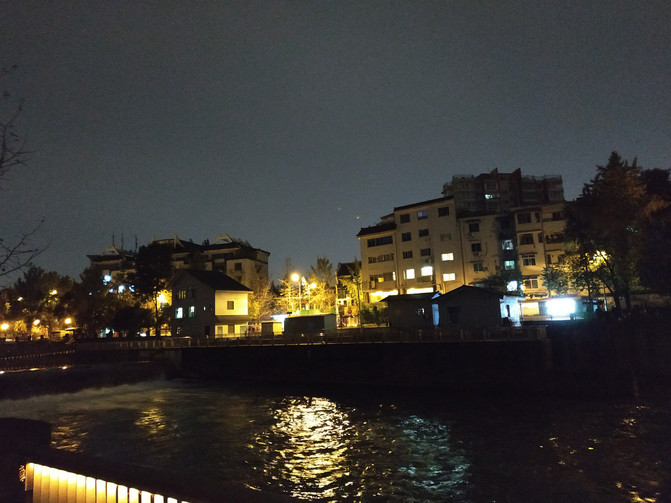



I don't know what building it is opposite

Take the subway to Chengdu Station and pass the Qintai Ancient Trail on the way



I bought some food at the shop next to the train station, checked in and entered the station, ready to go home to start a new week of work.


Previous Article:Chengdu-Charm everywhere
Next Article:Chengdu in Bashi, you never know how many Internet celebrities there are
